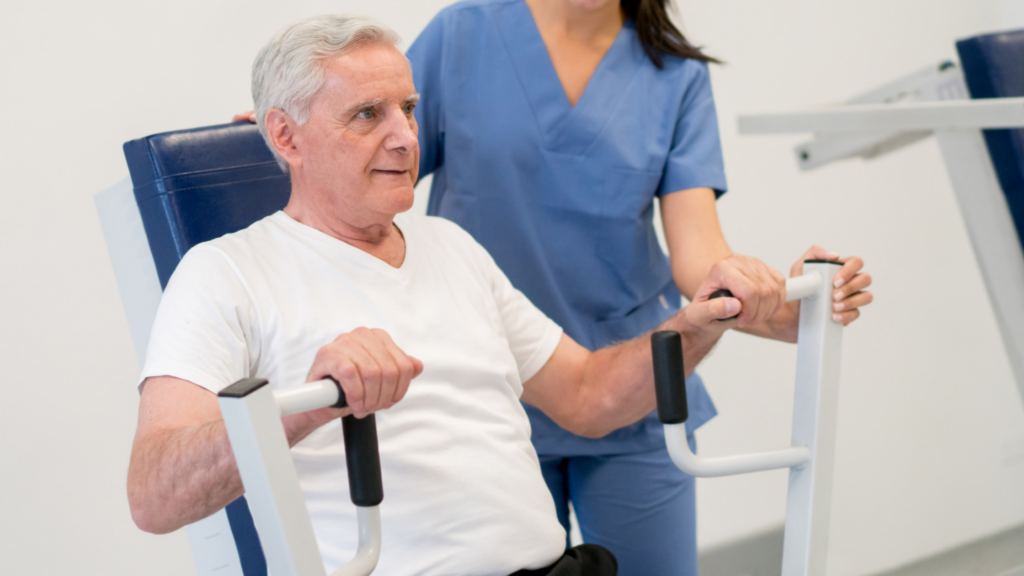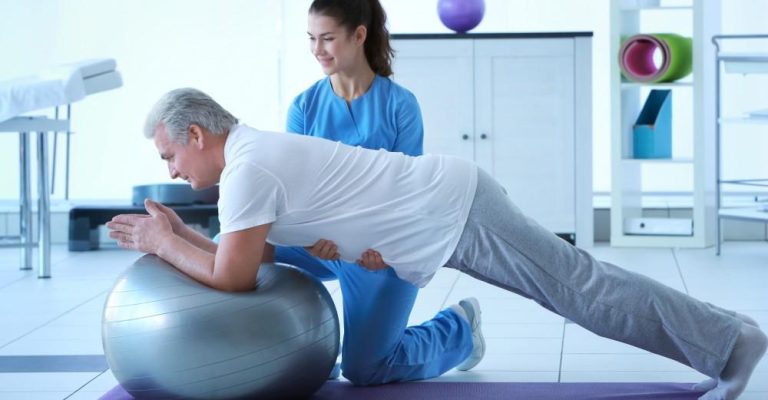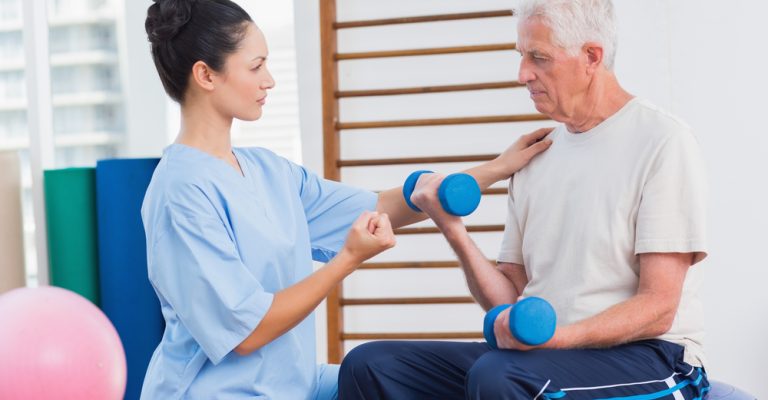
Welcome to the Topic “Rehabilitation for arthritis”
Arthritis is also known as a rheumatic disease. These diseases are inflammatory, which means that they cause an individual’s immune system to inflict pain on the joints, bones, muscles, and organs. Arthritis is characterized by pain, swelling, and issues with moving freely and easily.
Contrary to popular belief, arthritis is not only a disease that occurs in old age. A specific type of arthritis known as osteoarthritis is the most common among the aged. However, arthritis is merely an umbrella term used to refer to hundreds of its varieties, so the disease can affect individuals of any age. The condition is chronic and long-lasting. People diagnosed with arthritis may not recover from it throughout their lives, but it progresses at an extremely slow pace.
The cause of the disease cannot be attributed to age, as both young people and old can be affected by the disease. Research shows no attributable reason for the illness, so rehabilitation for arthritis patients does not differ significantly. However, the programs may still be designed per the patient’s needs, the severity, and the type of arthritis.
One crucial part of rehabilitation for arthritis patients is the cooperation and contribution from the family members, particularly for the older patients. The disease is a slow, progressive one, so the goal of the treatments is not to eliminate the pain, which is impossible, but rather to return the patient closest to their previous level of functioning. This means that rehabilitation will involve physical exercise, mental wellness, and emotional healing.
Physiotherapy or physical therapy is a crucial part of rehabilitation for arthritis. The physiotherapist team will involve physical therapists with the certifications and clinical experience to help patients improve their movements and physical functioning. For arthritis, physical therapists may aim to improve the patient’s mobility, restoring the strength in their affected joints, maintaining muscle mass, and helping them perform daily activities.
For starters, physiotherapy for arthritis may require a personalized plan for the patient, depending on their condition, their age, and the level of retraining or assistance they need. Physical therapists will then teach the patients the proper techniques for basic movements, such as sitting, posture, walking, and balancing. These techniques will be conducted in ways to minimize pain and improve functioning.
Alternatively, if the arthritis is too severe, the patient may require other treatment options, such as braces to support joints. Be it braces, ergonomic chairs, or some other modifications, it is the responsibility of the physiotherapist to recommend accurate options and devices to ease the patient’s pain and aid their functioning.

An occupational therapist for arthritis rehabilitation will aim to improve the patient’s abilities to partake in regular activities and improve the quality of their life. The job of an occupational therapist seems similar to that of a physiotherapist. While the goal is the same – to make life easier for the patient despite their condition – the methods are different.
People with arthritis struggle with more than simple muscle and joint pain that affect their ability to perform tasks such as walking – these areas will be covered with physiotherapy. However, more micro-level tasks such as undoing the buttons on one’s shirt may also be something arthritis patients struggle with. These day-to-day tasks will be the focus of occupational therapy for the rehabilitation of arthritis patients.
Occupational therapy aims to improve self-management, independence, and the patient’s confidence in their ability to perform seemingly simple tasks perfectly. Furthermore, as mentioned earlier, some patients may require additional devices or aids. Adjusting to these new devices and items may not be easy to get used to. Patients need to learn the basics of these devices, how to use them, and what makes them effective. The occupational therapist will target all these areas.
No matter the disease or medical condition, the side effects of the medicine or knowledge of the diagnosis often result in increased anxiety regarding one’s illness or a depressive outlook on life. Depending on the severity of the disease, the patient can begin struggling mentally as well as physically. Similarly, depending on the type and prognosis of arthritis, anxiety and depression may be common conditions among patients.
Mental instability lowers an individual’s pain threshold, while chronic pain like arthritis increases the chances of anxiety and depression. Often, it feels like an endless cycle of despair, hopelessness, and stress. This cycle can aggravate the symptoms and make it more challenging for the rehabilitation to effectively aid the patient. The patient’s healing process may also be negatively affected by the diagnosis.
Because depression further adds to the patient’s pain, it is essential to make psychological treatment a part of the patient’s rehabilitation. Group therapy, personal counseling, and a focus on mental wellness are crucial. Patients need to learn how to deal with their new condition and come to terms with their diagnosis; accepting their diagnosis is a necessary first step to healing. Without acceptance and understanding, the patient may not even be motivated to participate in their own rehabilitation actively.
One of the techniques used for arthritis rehabilitation is Manual Therapeutic Technique; according to this technique, a certified massage therapist may administer a soft tissue massage and stretching to improve the mobility of the patient’s limbs. Alternatively, therapeutic exercises such as flexibility and strengthening may also be considered; these aim to reduce the stress in the limbs, so the patient struggles with less pain. Lastly, Neuromuscular re-education refers to the process of retraining movement techniques to regain stability and balance prior to diagnosis.

Family and caregivers are essential to rehabilitation for arthritis patients, particularly the elderly. Equipping them with the knowledge and skills needed for arthritis patients in their life is highly vital. A patient with severe arthritis will likely require constant watch and care, even after the occupational therapy ends. The family members or caregivers responsible for the patient must know what treatments the patient is undergoing and what extra help they require to make life easier for the patient.
Have any questions regarding the topic “Rehabilitation for arthritis “ feel free to comment below.
Also Read: Sciatica rehabilitation